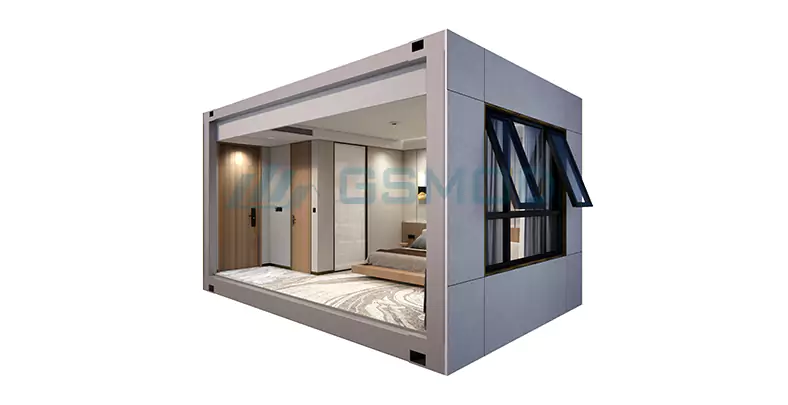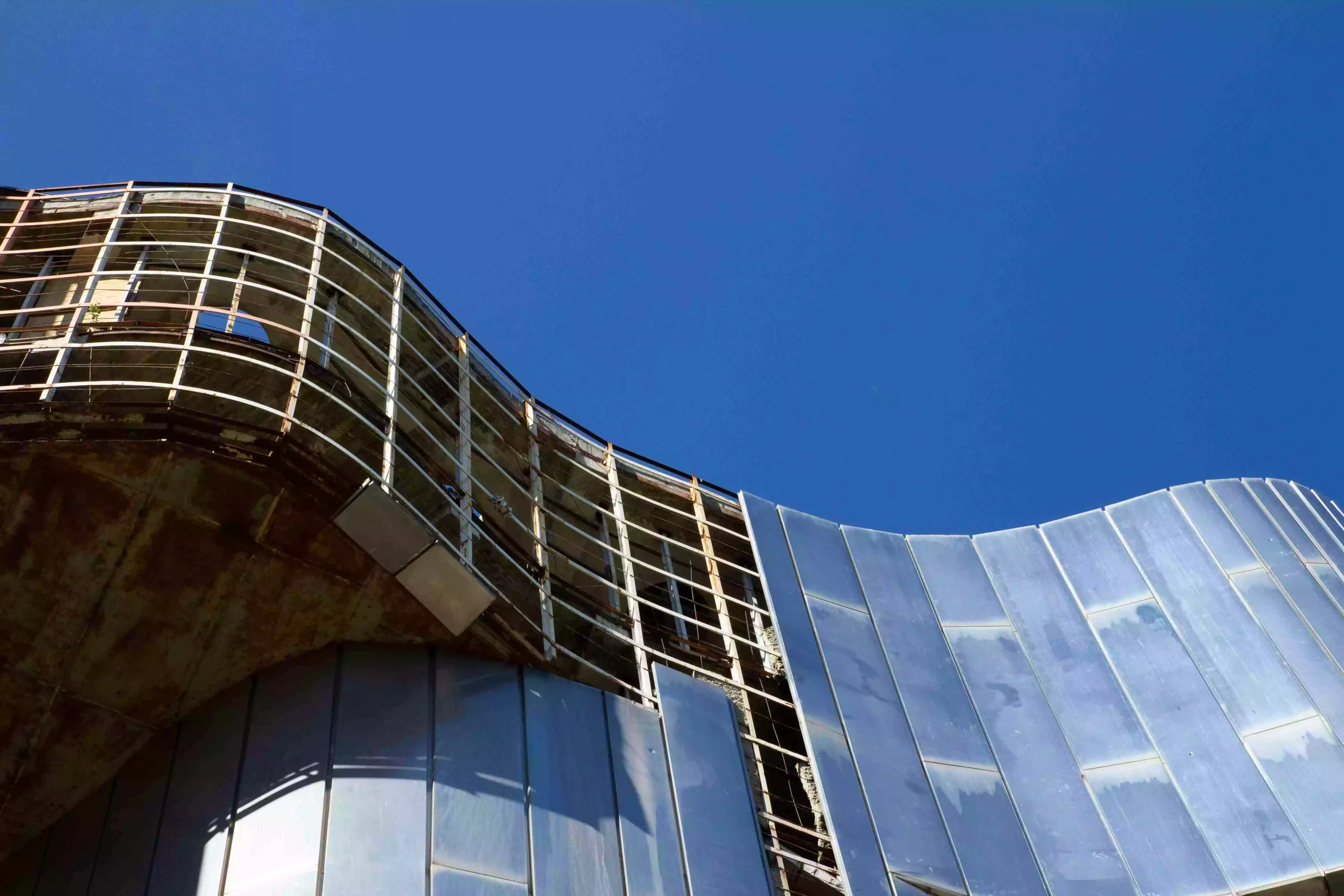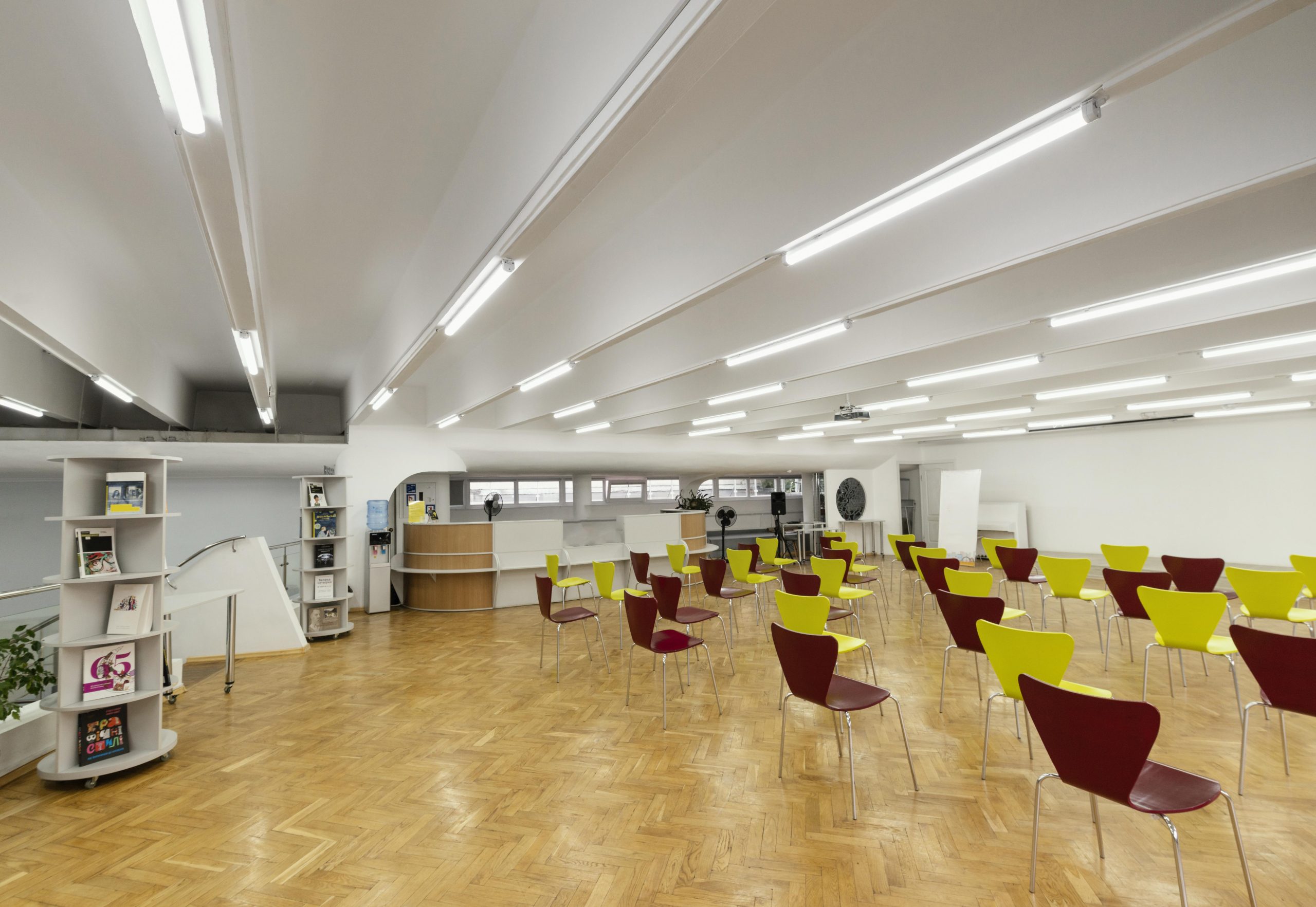Modular Integrated Construction (MIC): Redefining Sustainable Urban Futures
Modular Integrated Construction (MIC): Redefining Sustainable Urban Futures
Modular Integrated Construction (MIC) is also a game-changing method to build a sustainable urban. Incorporating these sustainable practices, MIC plays an integral part in driving a green economy and sustainable urban futures.

The Role of MIC in Shaping Urbanization by 2040
Addressing Urban Challenges with Modular Integrated Construction
With the rapid pace of urbanization around the world comes an ever-pressing changing climate, housing shortages, and increased demands for infrastructure and institutions. Modular Integrated Construction (MIC) presents a paradigm-shifting answer by simplifying construction with the help of prefabrication and modular assembly.
It allows for fewer disruptions on-site, less waste and faster project completion. MIC can offer a solution by allowing urban planners to cater to the critical demand for a vast quantity of affordable housing while assuring high standards of construction.
How MIC Supports Sustainable Development Goals
MIC can closely align with several SDGs, including those that address sustainable cities, climate action, and sustainable consumption. MIC leads to a reduced carbon footprint and significantly optimizes the goal of a building project. MIC minimizes construction waste and has energy-efficient production techniques as its essence.
It also makes a case for social sustainability by generating employment at modular manufacturing centers with better working conditions than construction sites. Considerations of MIC, when combined into the urban transformation strategy, will be a key element for the achievement of sustainability targets at the global level.
The Impact of MIC on Urban Planning and Infrastructure
Emphasizing modularity in urban infrastructure, MIC brings a new concept of urban planning. Using prefabricated components for specific purposes, roads, bridges, schools, and healthcare facilities can be built quickly. This not only speeds the projects up but also lifts the quality assurance.
MIC can provide urban planners with precision and predictability, which helps with resource allocation and budgeting. In addition, the introduction of smart technologies makes it possible to build a smart infrastructure that facilitates the governance of the smart city.
Innovations in Modular Integrated Construction Technologies
Advancements in Prefabrication Techniques for MIC
Prefabrication lies at the core of MIC’s efficiency. Recent advancements include the use of lightweight yet durable materials such as cross-laminated timber (CLT) and high-performance concrete. These materials enhance structural integrity while reducing transportation costs.
The Integration of Smart Technologies in MIC Projects
Smart technologies are revolutionizing MIC by enabling real-time monitoring and data-driven decision-making during construction. Sensors embedded within modules track structural performance over time, providing valuable insights for maintenance planning.
Building Information Modeling (BIM) plays a critical role in designing modular structures with precision. By simulating various scenarios digitally before physical assembly begins, BIM reduces risks and optimizes resource utilization.
Enhancing Efficiency and Quality with Automation in MIC
Automation extends beyond prefabrication into logistics and on-site assembly. Drones are increasingly used for site surveys and module placement verification. These innovations not only enhance productivity but also improve safety by minimizing human intervention in hazardous tasks.

GSMOD’s Contribution to Modular Integrated Construction
Key Features of GSMOD’s Products for MIC Applications
GSMOD is a disruptor and an early adopter of modular integrated construction solutions. Built by precision engineers to the highest standards of durability, sustainability and adaptability to modern urban development needs.
For instance, GSMOD offers advanced modular systems that incorporate energy-efficient designs suitable for residential complexes or commercial buildings. Their focus on innovation ensures seamless integration with existing infrastructures while maintaining cost-effectiveness.
How GSMOD Aligns with Sustainability Objectives in MIC
Sustainability is one of the phrases behind GSMOD ethos. Their offerings use sustainable materials that help minimize environmental pollution in the phases of production and deployment.
GSMOD led by energy efficiency practices and production waste reduction at and across the entire production cycle, contributes to the global sustainable development goals (SDGs) on sustainable cities and communities, making people’s lives more sustainable by making technologies from cleaner production possible.
Economic and Environmental Benefits of MIC Adoption
Cost-Effectiveness of Modular Integrated Construction
Modular Integrated Construction (MIC) provides an alternative approach to cost control for urbanization projects. Prefabricating in a factory setting eliminates many uncertainties and inefficiencies that the conventional construction method faces making MIC a far more streamlined construction method. Expenses associated with on-site workforce and wastage of materials, and schedules requiring a time frame usually rarely occur.
Having less reliance on skilled labor—due to the use of automation in manufacturing—also reduces issues with labor shortages. Not only is MIC well-suited to the needs of extensive urbanization initiatives, but the efficiency behind MIC also draws smaller developments searching for a space-efficient developmental solution without skimping on quality.
Environmental Advantages of MIC
Unlike traditional construction, which is often inherently unsustainable, MIC is consistent with sustainable construction practices. Compared to conventional construction processes, which generate high amounts of waste, its off-site manufacturing method reduces waste since quanta are measured out specifically, and any excess is often able to be recycled within the production plant.
With MIC, urban developers can lower their carbon footprint during projects while also supporting larger environmental goals around waste reduction and resource efficiency.
Future Trends and Opportunities for MIC Implementation
Scaling Up MIC for Global Urbanization Needs
The time is now to scale up MIC around the world as cities grapple with skyrocketing high-density urban living and housing shortages. There is potential for using modular construction to address urban sprawl while maintaining adequate levels of infrastructure performance as it can provide high-quality structures in shorter time frames.
“ Under the less aggressive scenarios, the overall MIC market demand in the studied building sectors is estimated to reach: (1) 18,300 modules by the end of 2022, with about 209,700 m2 of CFA by MIC; (2) 50,300 modules by the end of 2024, with about 596,000 m2 of CFA by MIC; and (3) 241,100 modules by the end of 2029, with about 2,821,600 m2 of CFA by MIC.”[1]
“ Under the more aggressive scenarios, the MIC market demand in the studied building sectors is estimated to reach: (1) 25,100 modules by the end of 2022, with about 294,800 m2 of CFA by MIC; (2) 69,000 modules by the end of 2024, with about 824,300 m2 of CFA by MIC; and (3) 342,800 modules by the end of 2029, with about 4,039,900 m2 of CFA by MIC.” [2]
MIC would benefit from the opportunity to scale at a time when there is an unprecedented global demand for affordable housing.
Policy Support and Regulatory Frameworks for MIC Growth
Strong policy support and regulatory frameworks are imperative for the global rollout of MIC to succeed. Governments can lead the way by providing incentives in the form of tax credits or subsidizing modular construction projects.
Even more importantly, the focus of regulations should be on the harmonization of modular parts to allow for regional compatibility while still upholding safety and quality regulations. Promoting studies on new materials and formulations will complement MIC practices with enhanced efficiency and sustainability.
Collaborations Between Industry Leaders Like GSMOD and Urban Developers
To spur innovation in MIC applications, partnerships are needed between strategic industry leaders that provide modular systems and urban developers. With businesses like GSMOD, which produces innovative solutions to today’s construction needs using collaborative efforts, it will not be long until we see the synergistic fruits of collaboration among independent lines of production.
The proprietary modular systems are proudly integrated into different architectural styles around the world, and sustainability is at the core of everything they do. Working with organizations like GSMOD allows for increased project efficiency and reduced environmental impact.
FAQs
Q1. What saves costs with Modular Integrated Construction?
A: MIC helps cut down costs by prefabricating off-site, which reduces waste, manpower costs, and site delays.
Q2. What environmental benefits does MIC provide?
A: MIC encourages sustainability since it creates less waste in the manufacturing process, causes less transportation emissions, and makes components reusable, placing it within the bounds of the circular economy.
Q3. How do policies make MIC adoption scalable?
A: Supportive policies, including tax incentives, expedited permitting processes, and standardized regulations, are key to driving the adoption of Modular Integrated Construction globally.
[1][2] Ir Prof Wei PAN; Ir Prof Thomas NG; Ir Prof George HUANG; Ir Prof Sam CHAN; Ir Prof Francis AU; Ir KL TAM; Dr Louis CHU; Dr Yi YANG; Mr Zhenjie ZHENG; Dr Mi PAN The University of Hong Kong. Modular Integrated Construction for High-rise Buildings in Hong Kong: Supply Chain Identification, Analyses and Establishment.
Prev:Why Engineers Should Prioritize Modular Integrated Construction Trends
Next:How Modular Integrated Construction Save the Construction Cost






